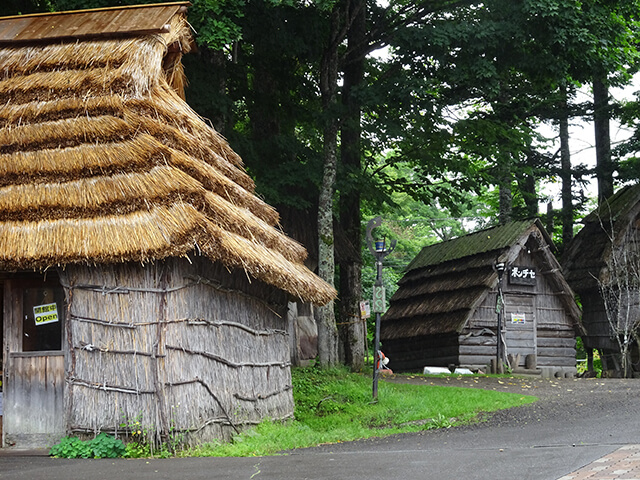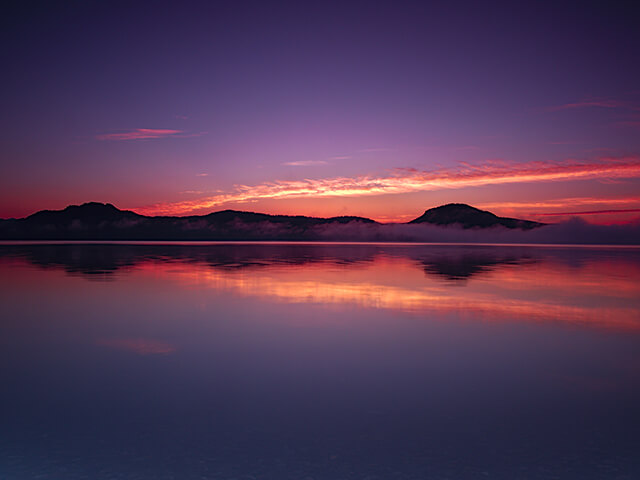

Hokkaido is the northernmost of Japan’s islands.
For many centuries, it remained a frontierland that was inhabited primarily by the Ainu, Japan’s indigenous people. While the area was populated from the Jomon period 15,000 years ago, the area, known as Ezochi, had an uneasy relationship with Japan. It was only in the Edo period that concerns about an incursion into the area by Russia, that Hokkaido was brought fully under Japanese control. The island is far less densely populated than the rest of Japan, and vast reaches of the island still remain unspoiled and wild, protected in part by the changeable climate and in part by a network of National Parks and quasi National parks. Bordered by the Sea of Japan, the Sea of Okhotsk, and the Pacific Ocean, Hokkaido’s climate is cold and snowy in winter months, and warmer and relatively dry in summer.
Hokkaido is a year round destination. The cooler northern climate and its volcanic mountains make it a summertime playground for hiking, canoeing, and wildlife spotting. In winter, its heavy powdery snows attract skiers and winter sport enthusiasts from all over the world.
Southern Hokkaido
Southern Hokkaido was once the ‘borderlands’ between Ezochi and Japan and the legacy of its location can still be seen today. As a key Japanese port, Hakodate exhibits international influences in the star-shaped Goryokaku Fort, brick warehouses, Russian Orthodox cathedral, and Trappist monastery found in the Motomachi district of the city. Hakodate’s Yunokawa Onsen and nearby Shikabe Onsen offer opportunities to enjoy the benefits of Hokkaido’s volcanic geography. Esashi and Matsumae feature preserved townscapes as well as a castle that is Japan’s northernmost, reflecting the importance of these locations during the Edo period.
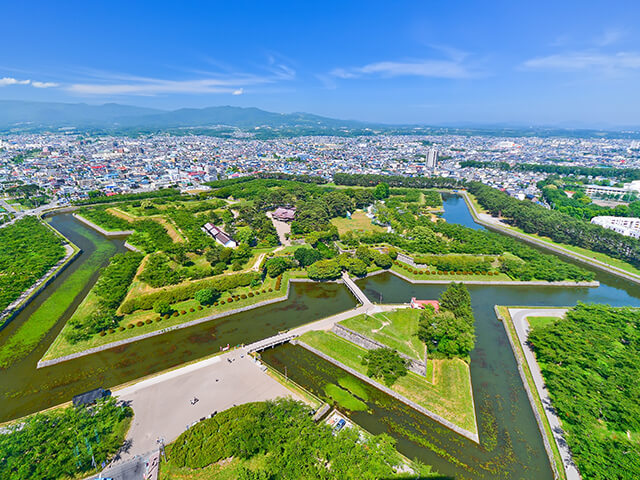
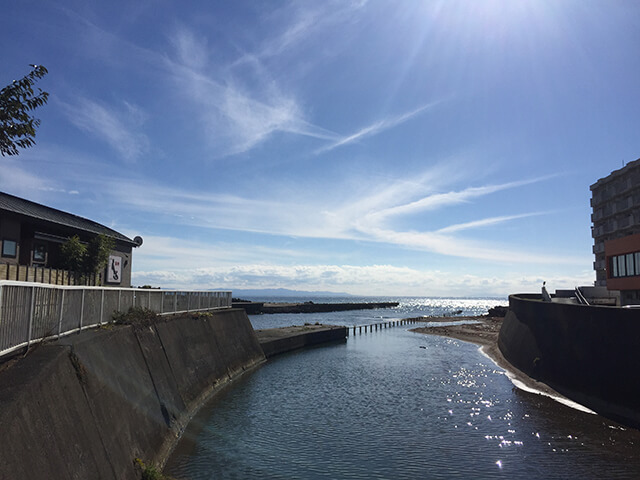
Central Hokkaido
Most visitors to Hokkaido arrive in Central Hokkaido, either at the Shin-Chitose International airport, the domestic Okadama airport, or by rail into the prefectural capital of Sapporo. Sapporo is the 5th largest city in Japan. The famous Sapporo Snow Festival draws visitors in February who come to find massive snow and ice sculptures, each more spectacular than the next. One of the main sites of the festival is Odori Park, a green thoroughfare that runs through the centre of the city’s core. The modest Sapporo Clock Tower is a symbol of a city that is vibrant and a hub of activity on the island. Jozankei hot springs are within an hour of the city.
Additional hot springs can be found in the southern area of Central Hokkaido in the Shikotsu Toya National Park. Lake Toya, and Lake Shikotsu, both caldera lakes, are found in the park, as is the well known hot springs region of Noboribetsu Onsen. Mt Usu, an active volcano in the region which last erupted in 2000, as well as the Lake Toya area together form the Toya-Usu UNESCO Global Geopark. Shiraoi in the Noboribetsu region is an Ainu enclave.
In the northern portion of Central Hokkaido, the seaside town of Otaru and its scenic canal district makes it a popular excursion from Sapporo. The Niseko area offers powder skiing and snowboarding and is an internationally known skiing hotspot.
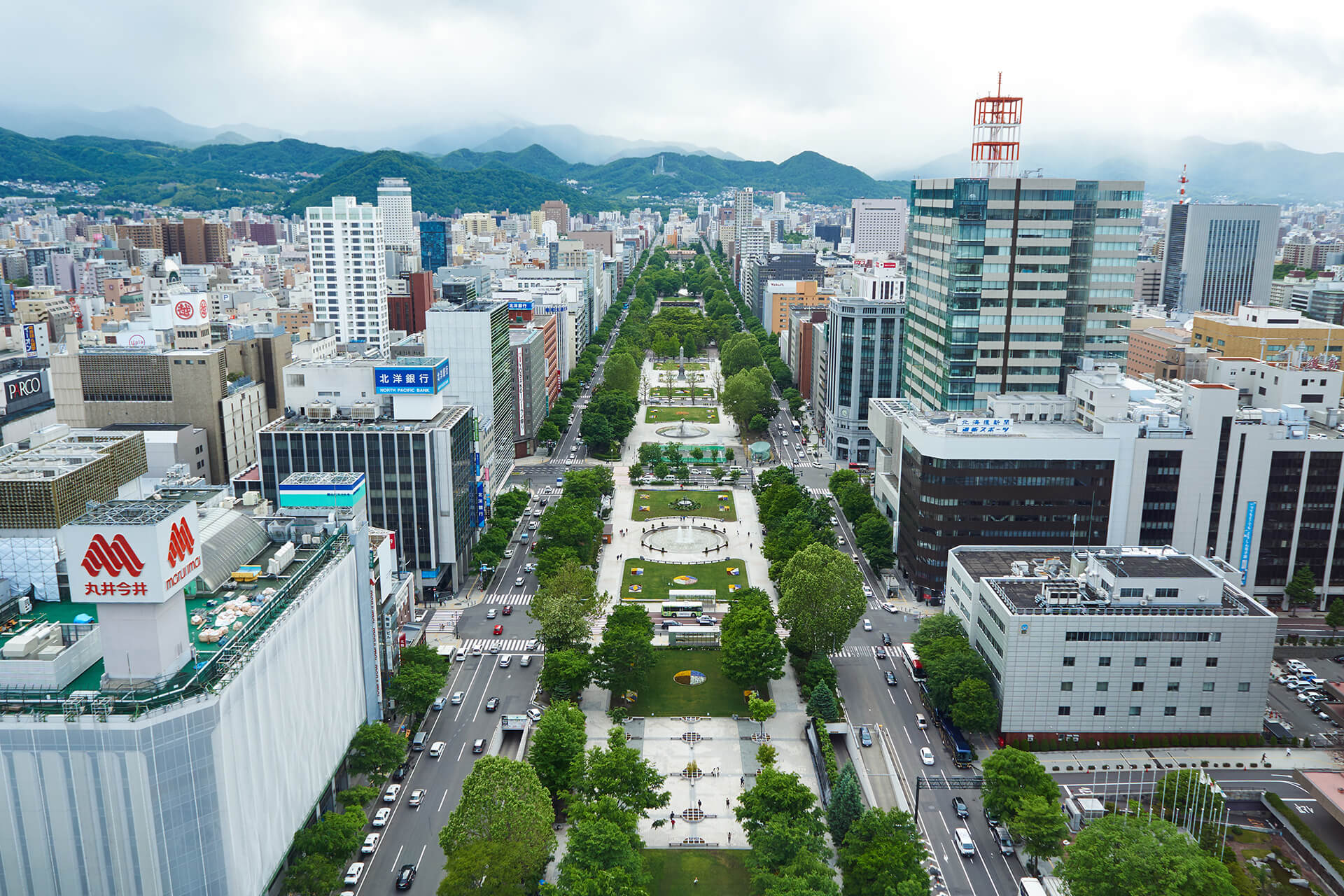
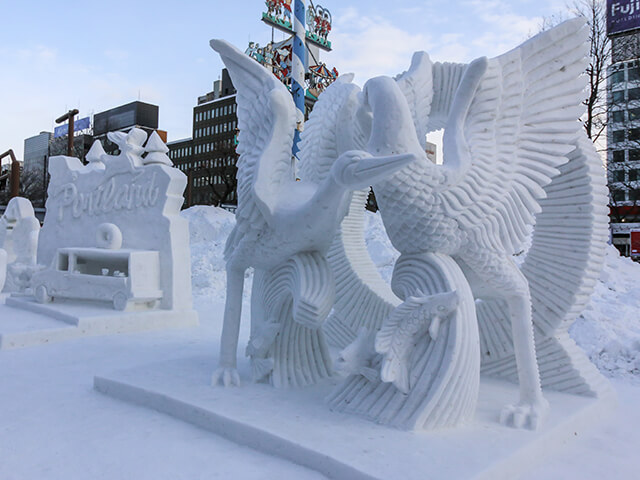
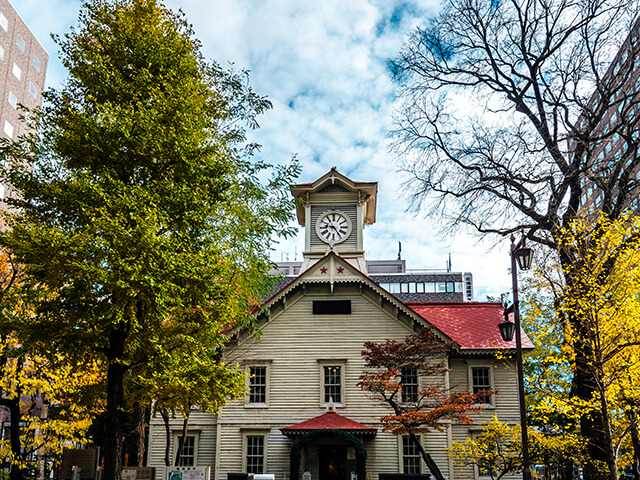
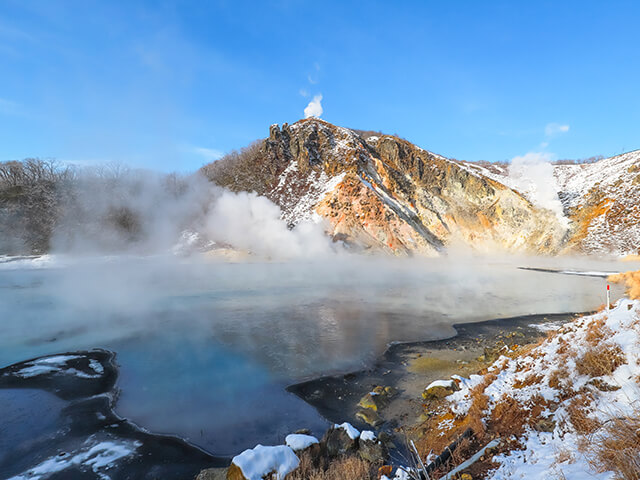
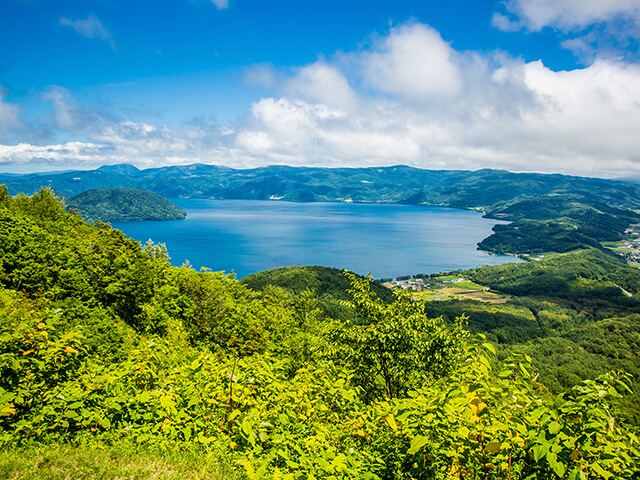
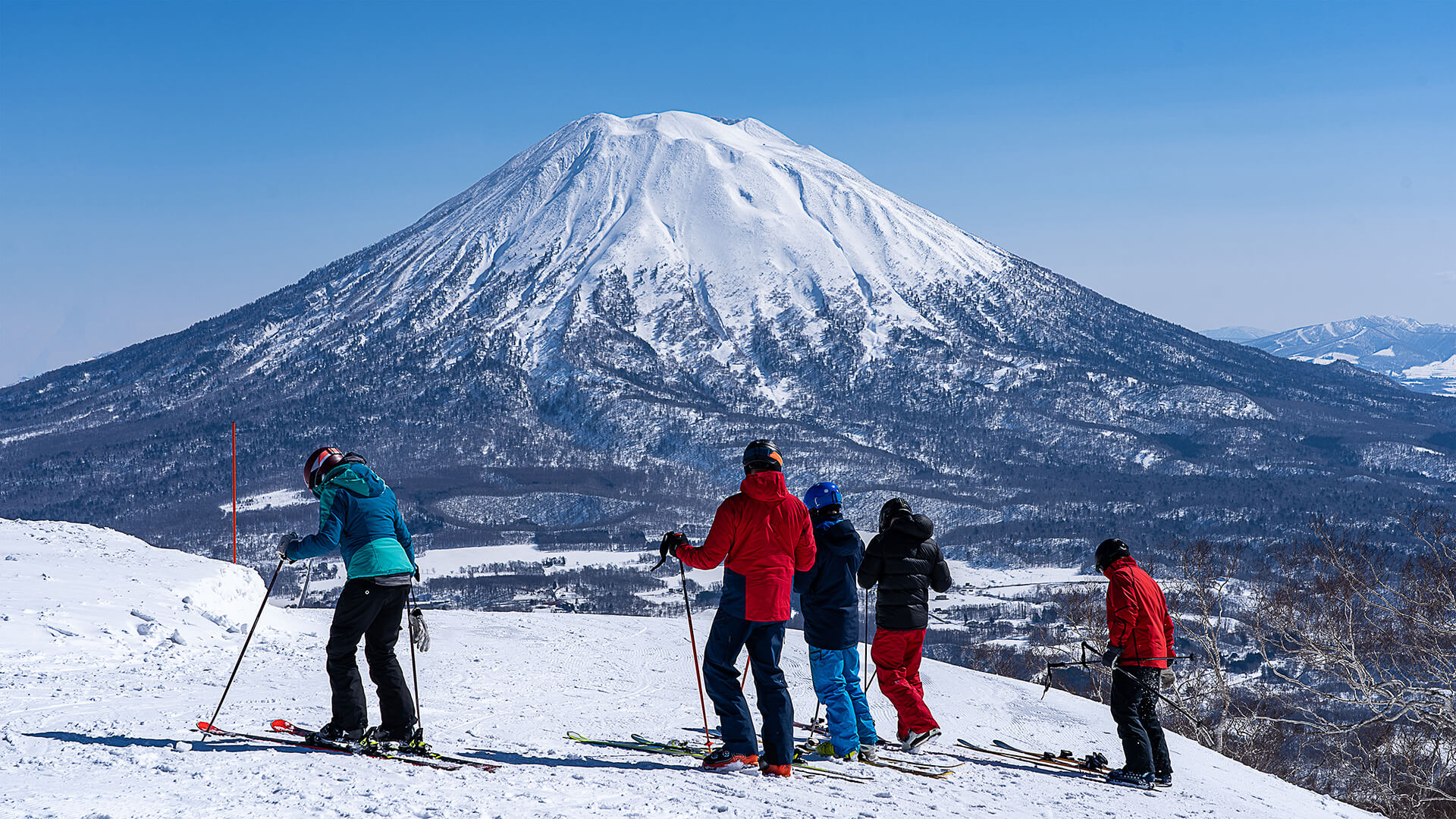
Northern Hokkaido
Moving eastward and north from the Sapporo area, Northern Hokkaido includes the gently rolling hills of Furano and Biei. Furano is famed for its lavender fields, and Biei for its many brightly coloured blooms and the stunningly blue pond or Aoi Ike. Daisetsuzan National Park, the largest National Park in Japan, lies in this area and is home to Asahidake. At the foot of Asahidake, you’ll find the hot springs resorts of Sounkyo, Tenninkyo, Shiroganie, and Lake Shikaribetsu. In the very north of the island, at Cape Soya, you are just as likely to find signs appearing in Japanese and Russian as in English. On a clear day, you can see Sakhalin. The Rishiri-Rebun-Sarobetsu National Park in the very north of Hokkaido includes two smaller islands known as a habitat for alpine flowers. Asahikawa, Hokkaido’s second largest city has a domestic airport that is a gateway to the region. The city is also known for the Asahikawa zoo.
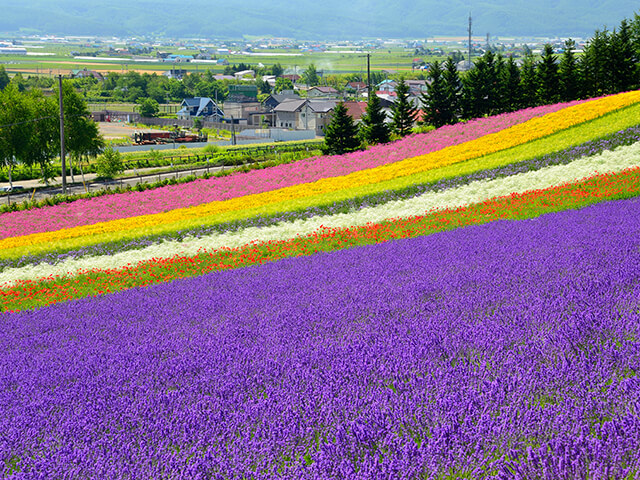
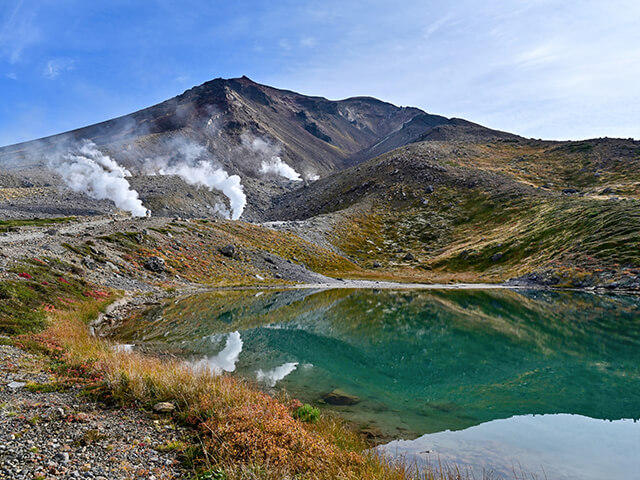
Eastern Hokkaido
Eastern Hokkaido is a wonderland of untouched wilderness. It is home to over 200 animal species, and is characterised by dramatic landscapes. The Kushiro and Lake Akan areas are home to the Tancho or red crowned cranes that are emblematic of Japan. Conservation efforts in the Kushiro wetlands and Akan National Park have brought the red crowned cranes back from the brink of extinction. Steller’s Sea Eagles can also be found in the Kushiro wetlands. Lake Akan is known for its marimo – lake algae that in a rare phenomenon naturally forms into round balls at the bottom of the lake. An Ainu village on the lake preserves Ainu crafts, dance, and music. Lake Kussharo is Japan’s largest caldera lake, and Lake Masshu, known for its exceptionally clear waters, are highlights of eastern Hokkaido. The very far east, the Shiretoko Peninsula, has been designated a UNESCO World Heritage Site and is home to bears, dolphins, whales, and killer whales.

